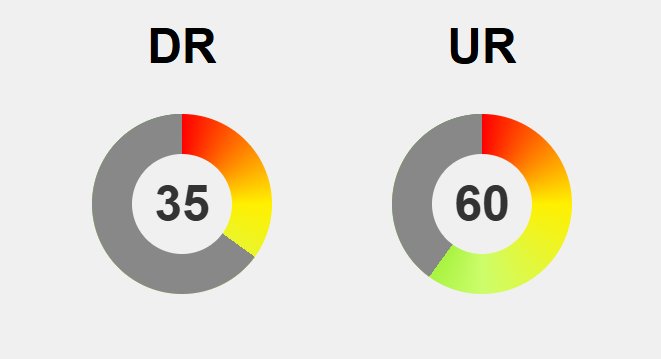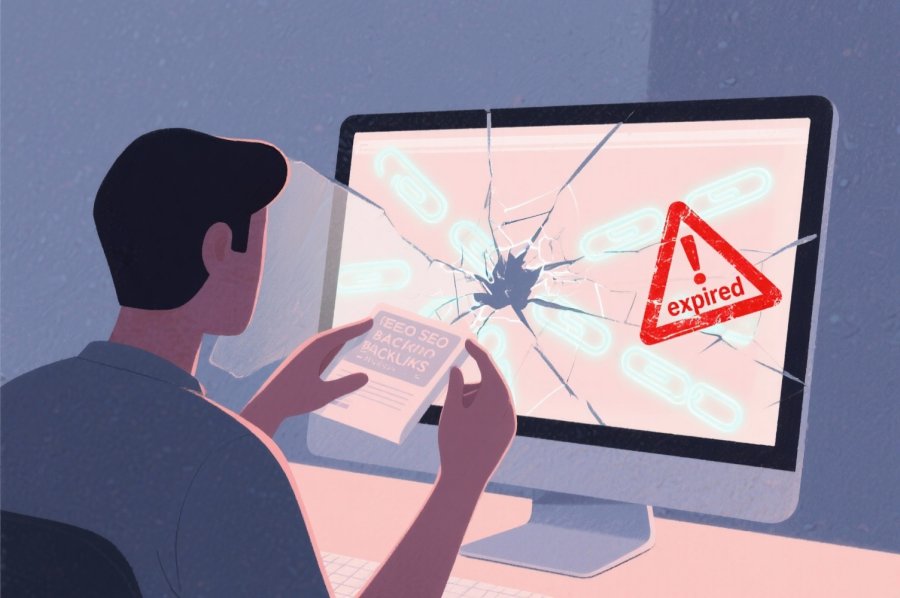Underground street racing is more than a pursuit of speed; it’s a vibrant culture rooted in loyalty, resilience, and urban rebellion. From deserted streets to digital forums, racers forge unbreakable bonds that transcend mere competition, turning into a family bound by trust and shared risk. This scene, born from post-World War II roots and fueled by media portrayals like the Fast and Furious franchise, has evolved into a global movement blending tradition with technological innovation. Today’s racers modify cars with cutting-edge software and hardware, organizing clandestine meets that are as much about community as adrenaline. Despite legal crackdowns and safety hazards, the spirit of brotherhood endures—adaptable and resilient—shaped by digital networks and a culture that celebrates urban identity through art, fashion, and music. As future trends like electric vehicles and smarter tuning emerge, the core bonds of loyalty and rebellion promise to keep underground racing alive, defying constraints and igniting urban resilience.
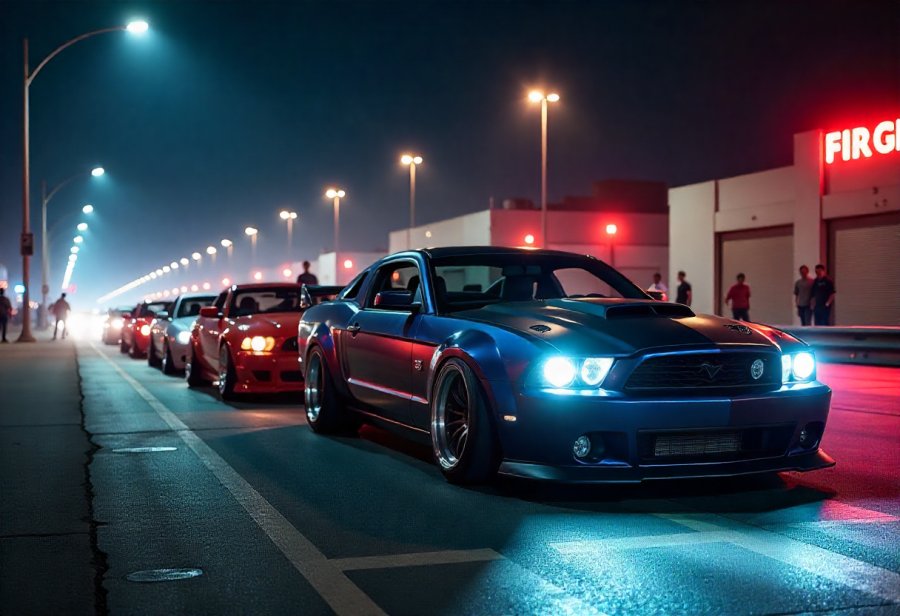
Underground Street Racing: More Than Just Speed—A Cultural Phenomenon
Underground street racing is more than just a pursuit of speed; it’s a vibrant, pulsating culture that thrives in the shadows of urban life. In many cities worldwide, these clandestine races unfold in deserted streets, industrial zones, or quiet alleyways, away from the watchful eyes of authorities and mainstream audiences. For those involved, it’s about more than just the adrenaline rush—it’s about belonging to a community that values skill, loyalty, and resilience.
What draws so many into this world isn’t solely the thrill of fast cars but the sense of identity it offers. These late-night meets transform city streets into personal racetracks, where respect between drivers and crews is as important as the race itself. It’s a space where craftsmanship, precision, and mutual trust define success. Many racers spend hours tuning their vehicles, sharing knowledge, and planning their next meet—activities that forge bonds far stronger than mere competition.
In neighborhoods where formal racing venues are scarce or inaccessible, underground racing becomes a symbol of independence. It’s a way for young people to carve out their space, challenge societal norms, and express their creativity through car modifications, streetwear, and urban art. Graffiti inspired by racing motifs, hip-hop beats echoing themes of loyalty, and fashion rooted in street culture all intertwine, turning the city into a canvas of rebellion and pride.
The relationships built in this scene often resemble family ties. Racers and crew members develop unwavering loyalty and trust, supporting each other through setbacks and celebrating victories together. These bonds are reinforced during risky, high-stakes runs—trusting each other’s skills and instincts becomes critical for safety and success. It’s a brotherhood that endures beyond the race, rooted in shared experiences and collective identity.
Despite its illegal and risky nature, underground street racing profoundly influences urban culture. It shapes fashion trends—baggy hoodies, sneakers, graphic tees—and fuels a musical landscape filled with beats that celebrate resilience and rebellion. The walls of city streets, painted with graffiti inspired by racing, become expressions of community pride, turning urban environments into living monuments of underground culture.
Ultimately, underground racing offers more than just a fleeting adrenaline rush. It creates a space where young people find purpose, forge lifelong friendships, and challenge societal expectations. It’s a form of urban storytelling—an act of resilience that transforms city streets into arenas of brotherhood, creativity, and defiance. This culture’s vitality lies in its ability to unite individuals through speed, loyalty, and shared dreams, making it an indelible part of city life.
From Post-War Streets to Urban Legend: Tracing the Roots and Evolution of Street Racing
Street racing’s origins date back to the post-World War II era, when young car enthusiasts sought new ways to test their machines outside the confines of traditional racing circuits. In cities across the globe, spontaneous races began emerging in empty streets and industrial zones, driven by the thrill of secrecy and speed. These early gatherings laid the foundation for what would evolve into a more organized underground scene, especially in areas lacking accessible legal tracks or racing facilities. By the 1980s and 90s, street racing had firmly embedded itself into urban culture, fueled by the rise of tuner cars, media portrayals, and films like the Fast and Furious franchise, which romanticized the rebellious spirit of high-speed, clandestine battles.
Over time, street racing shifted from pure adrenaline to a deeper cultural phenomenon rooted in camaraderie and loyalty. Racing crews formed naturally around shared passions, becoming like families that dedicated hours to tuning cars, planning clandestine meets, and supporting one another through setbacks. These relationships weren’t just about winning; they were built on respect, trust, and shared risk. Despite the dangers and illegality, this sense of belonging kept the scene alive, transforming it from a reckless hobby into a vital expression of urban identity.
Legendary races and midnight showdowns became stories passed down through generations, turning into urban myths that helped shape the scene’s character. These moments weren’t solely about who was fastest—they symbolized rebellion, resilience, and defiance. Graffiti inspired by racing motifs and streetwear rooted in urban style cemented the scene’s influence, turning city streets into a vibrant canvas that celebrated street racing’s rebellious spirit and cultural significance.
Technological advances have continuously transformed underground racing. Today’s cars are equipped with sophisticated tuning software, electronic logs, and even AI-driven tools that push performance to new heights. Online platforms and social media have made it easier for racers to organize, share videos, and connect across borders, expanding the community beyond local scenes. This digital evolution has kept the culture dynamic, innovative, and more accessible, even as authorities ramp up crackdowns and enforcement efforts.
Despite the legal and safety challenges, the core of street racing remains rooted in loyalty and brotherhood. Racers rely on trust and mutual support, often operating in secrecy to avoid legal trouble. Their relationships extend beyond the street—they are built on shared experiences, technical knowledge, and the unspoken understanding that they’re part of something bigger than themselves. This sense of kinship ensures the scene’s survival, adapting to new technologies and societal shifts while maintaining its rebellious and resilient spirit.
Throughout its history, underground street racing has served as a powerful form of urban expression and community building. It provides a space where young people challenge norms, forge lifelong connections, and carve out their identity amid city shadows. The movement’s roots in resilience and rebellion continue to inspire new generations, making underground racing not just a pursuit of speed, but a lasting symbol of brotherhood and urban grit.
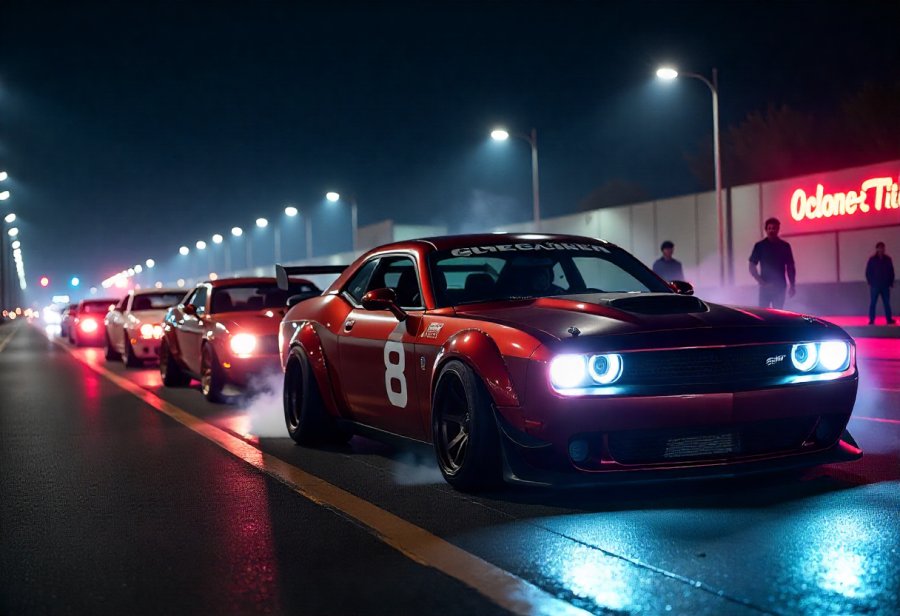
Digital Dreams and Legal Dilemmas: The Modern Face of Underground Racing
Today’s street racing scene is a dynamic mix of tradition and modern innovation, heavily influenced by digital technology. Many racers now rely on social media platforms and online forums to organize clandestine meets, share videos of their latest modifications, and showcase their skills to a global audience. This online presence has made the scene more interconnected and accessible, allowing enthusiasts from different cities and countries to learn from each other and push performance boundaries. Despite operating outside legal bounds, this digital network fosters a sense of brotherhood rooted in shared passion and mutual respect.
The cars themselves have evolved significantly. Today’s street racers modify Japanese tuners, American muscle cars, and European imports with turbochargers, nitrous systems, and custom exhausts. These vehicles are built for speed, often tested on deserted streets or industrial zones late at night. Respect among racers remains crucial, as trust and loyalty form the backbone of their interactions—especially given the inherent risks of illegal racing. Many crews operate in secrecy, changing locations frequently to avoid detection, relying heavily on mutual trust to stay safe.
Legal authorities view street racing as reckless and dangerous, leading to frequent crackdowns and harsh penalties, including arrests and vehicle impoundments. These measures push racers into a clandestine world where they depend on loyalty and quick thinking to evade law enforcement. The risks of crashes, injuries, and property damage are ever-present, making the bonds of brotherhood even more vital. Trust becomes a lifeline, with racers watching out for each other during risky runs and sharing information to stay one step ahead.
Technological advances continue to shape the scene. Electronic tuning software, data loggers, and even AI-assisted tools allow racers to extract maximum performance from their cars. These innovations increase the stakes but also encourage safer practices, with some crews participating in sanctioned events or organized track days. This shift aims to balance the adrenaline rush with responsibility, helping to sustain the community’s spirit while reducing risks.
Influencers and online personalities have become key figures, documenting builds, organizing secret meets, and sharing their passion with a broader audience. Their stories and social media presence reinforce the values of loyalty, skill, and resilience that define underground racing. Even as authorities tighten enforcement, the core bonds of brotherhood remain strong, sustained by shared experiences and a collective desire to keep the scene alive.
Despite ongoing legal and safety challenges, the scene continues to adapt and evolve. Many racers remain committed to their craft, finding new ways to connect and compete while maintaining secrecy. The essence of underground racing—the trust, loyalty, and brotherhood—remains unchanged. It’s these relationships, built on shared risks and mutual support, that keep the spirit of the scene resilient and vibrant.
As new technologies emerge and cultural attitudes shift, the future of street racing will likely see more innovation and perhaps a move toward safer, more organized events. Yet, the core of the scene—its rebellious, close-knit community—will endure. Underground racing isn’t just about speed; it’s about brotherhood, resilience, and carving out a space in the urban shadows where loyalty runs deep.
For those interested in understanding more about the risks and legal implications, exploring resources on street racing laws can be insightful. The scene’s resilience is partly driven by awareness and education, which can help enthusiasts make informed decisions. To learn more about the legal aspects and ongoing debates surrounding underground racing, you can visit this comprehensive guide on street racing laws.
Street Racing as Urban Art: The Social and Cultural Tapestry of Brotherhood and Rebellion
Street racing goes beyond the adrenaline rush; it functions as a powerful social glue that unites communities and fuels urban expression. These clandestine races aren’t just about speed—they transform city streets into gathering places where loyalty and trust take center stage. Racers and crews forge bonds rooted in shared passion, dedicating hours to tuning cars, planning meets, and supporting each other through setbacks. Over time, these relationships develop into a family, built on respect and collective resilience.
In many urban environments, street racing becomes a form of storytelling. It offers young people a platform to carve out identity amid concrete jungles, turning streets into canvases of rebellion and pride. The late-night scene fosters a sense of belonging among diverse groups, where victories, repairs, and shared risks deepen loyalty. Rituals like fixing each other’s cars or watching out for police transform into symbols of trust that bind the community tighter.
This culture influences more than just the race itself. It seeps into fashion—baggy hoodies, sneakers, and graphic tees—and shapes music, with beats echoing themes of loyalty and resilience. Walls decorated with racing-inspired graffiti turn urban landscapes into vibrant expressions of community pride. These visual and auditory elements make the streets part of a larger cultural narrative rooted in rebellion and urban grit.
For many participants, underground racing serves as urban storytelling—a challenge to societal norms that also offers resilience. Each clandestine meet and risky run reinforces a sense of belonging that transcends the moment, creating lifelong bonds. Trust and shared risk forge a brotherhood that endures despite external pressures and legal threats, anchoring their collective identity deep into the city’s fabric.
Trust remains the cornerstone of this scene. Drivers and crew members rely on each other’s skills and instincts, knowing that safety depends on mutual vigilance. This reliance nurtures loyalty, enabling the community to withstand law enforcement crackdowns and safety hazards. These bonds aren’t just emotional—they’re vital for survival in a world where secrecy and risk are everyday realities.
The influence of street racing culture extends into art and music, transforming urban spaces into expressions of resilience and rebellion. Graffiti artists incorporate racing motifs to add gritty, expressive layers to city walls, while local musicians embed racing-inspired lyrics into their beats. Together, these elements reinforce the scene’s identity as a form of urban storytelling, turning city streets into a living monument of brotherhood.
Despite increased enforcement and safety concerns, the core of underground racing remains rooted in loyalty and shared experience. The bonds formed in the shadows—built on trust, risk, and mutual support—continue to define the community. Even as technology and societal attitudes evolve, the essence of brotherhood persists. Speed and rebellion are still catalysts, but the real engine driving underground racing is the unbreakable connection among its people.
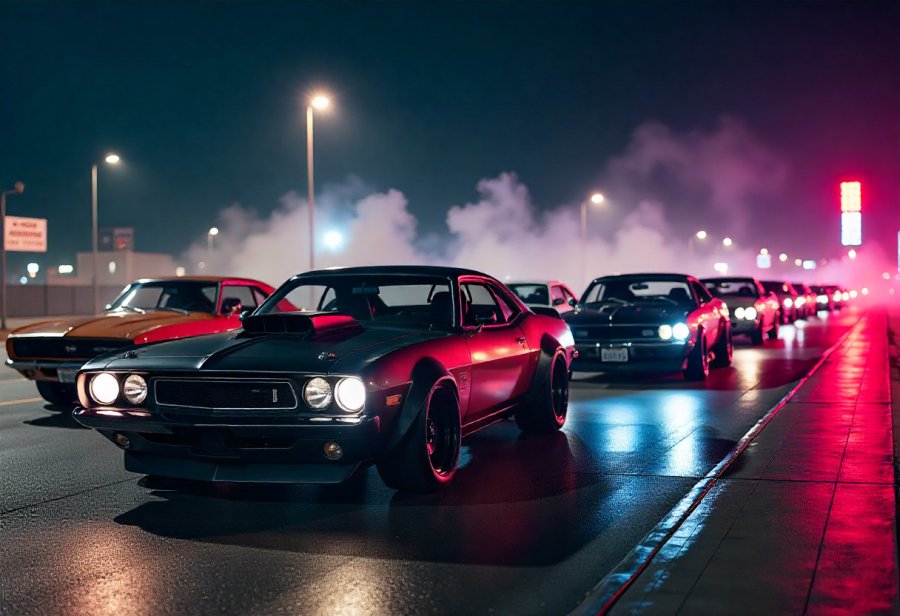
Gazing Into the Future: Innovation, Culture, and the Enduring Spirit of Underground Racing
Looking ahead, the future of underground street racing is poised for significant transformation driven by technological innovation and shifting cultural attitudes. Electric vehicles are beginning to make their mark, offering a quieter, cleaner way to achieve high speeds without sacrificing the adrenaline thrill. This shift could redefine the scene, blending eco-consciousness with raw performance and challenging racers to adapt their skills to new, silent powertrains. Meanwhile, advanced tuning software and performance analytics are pushing the limits further, enabling enthusiasts to extract maximum potential from their cars with unprecedented precision. These tools foster innovation and elevate the technical aspect of the brotherhood, encouraging a culture of continuous improvement.
At the same time, online communities continue to grow as a vital part of the scene. Social media platforms, forums, and video-sharing sites make it easier for racers to organize clandestine meets, showcase their builds, and exchange advice across borders. This digital connectivity deepens the sense of brotherhood, transforming local scenes into a global movement that transcends geographic boundaries. As a result, new enthusiasts can learn from veterans and stay inspired, ensuring the culture remains vibrant and adaptable despite increasing legal pressures and enforcement efforts.
Cultural shifts are also influencing how the scene approaches its future. Many racers are advocating for safer, more organized events that respect both their passion and societal norms. Some are pushing for sanctioned races or track days that offer a legal outlet for their skills, aiming to preserve the brotherhood while reducing risks. These efforts reflect a desire to balance rebellion with responsibility, ensuring the scene’s energy doesn’t fade but evolves into a more sustainable form of expression. This move toward more responsible racing doesn’t dilute the core values but rather helps secure the scene’s longevity.
Legal and safety concerns will remain hurdles, but they won’t break the spirit of brotherhood that sustains underground racing. Many crews continue to operate in secrecy, relying heavily on trust and loyalty to stay safe and out of trouble. The bonds formed in shared risks and mutual support are stronger than ever, acting as an invisible shield against external threats. These relationships—built on years of shared experiences—are what keep the community resilient, adapting to new challenges while maintaining the rebellious energy that defines it.
Technological advancements like AI-assisted tuning, virtual race simulations, and data logging are reshaping how racers approach their craft. These innovations not only enhance performance but also promote safety and strategic thinking. As tools become more sophisticated, the scene’s culture of innovation and technical mastery will only grow. This evolution ensures that even as the scene becomes more modern and responsible, its core identity—built on speed, brotherhood, and resilience—remains intact.
Through all these changes, the essence of underground racing endures. The bonds forged in secrecy and shared risks continue to unite the community, serving as the heartbeat of the scene. Whether through underground meets, online camaraderie, or the pursuit of speed, the spirit of rebellion and brotherhood will persist. As technology and culture evolve, they will do so in service of a resilient, dynamic movement rooted in loyalty, resilience, and the unbreakable bonds that turn fleeting moments into lifelong connections.




